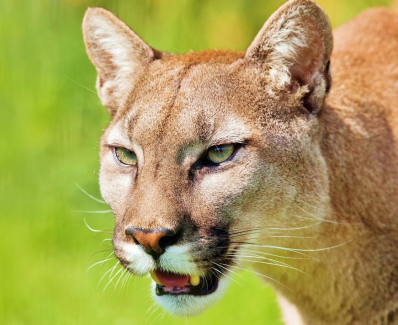Relative clauses: puma
The Grammar Bit!
Read the three scintillating sentences opposite. They each contain a relative clause (bold). A relative clause gives the reader extra information about the preceding noun.
In a relative clause, this extra piece of information is introduced by a relative pronoun (underlined). There are 5 basic relative pronouns: who, which, that, whose, and whom.
It is important to note the following:
Who – is used when referring to a person (although it can be used for animals when there is an element of personification).
Which – is used when referring to a place, animal or thing.
That – can refer to a place, animal or thing.
Sometimes the relative pronoun can be left out altogether. With your talk partner, read each sentence without the relative pronoun. Which version works best – with or without? Do any other changes need to be made to the sentence if the pronoun is omitted?
Scintillating Sentences
1) The two sisters, who have been abandoned by their mother, are old enough to look after themselves.
2) A lone guanaco, which is a relative of the llama, was grazing at the top of the hill.
3) The pumas found it hard to stay hidden on the treeless terrain that was bone dry and sandy.

Did you know?
The muscular hind (back) legs of a puma are stronger and longer than its front legs. This gives it the ability to leap as high as 5 metres into the air.

 Sign in
Sign in

